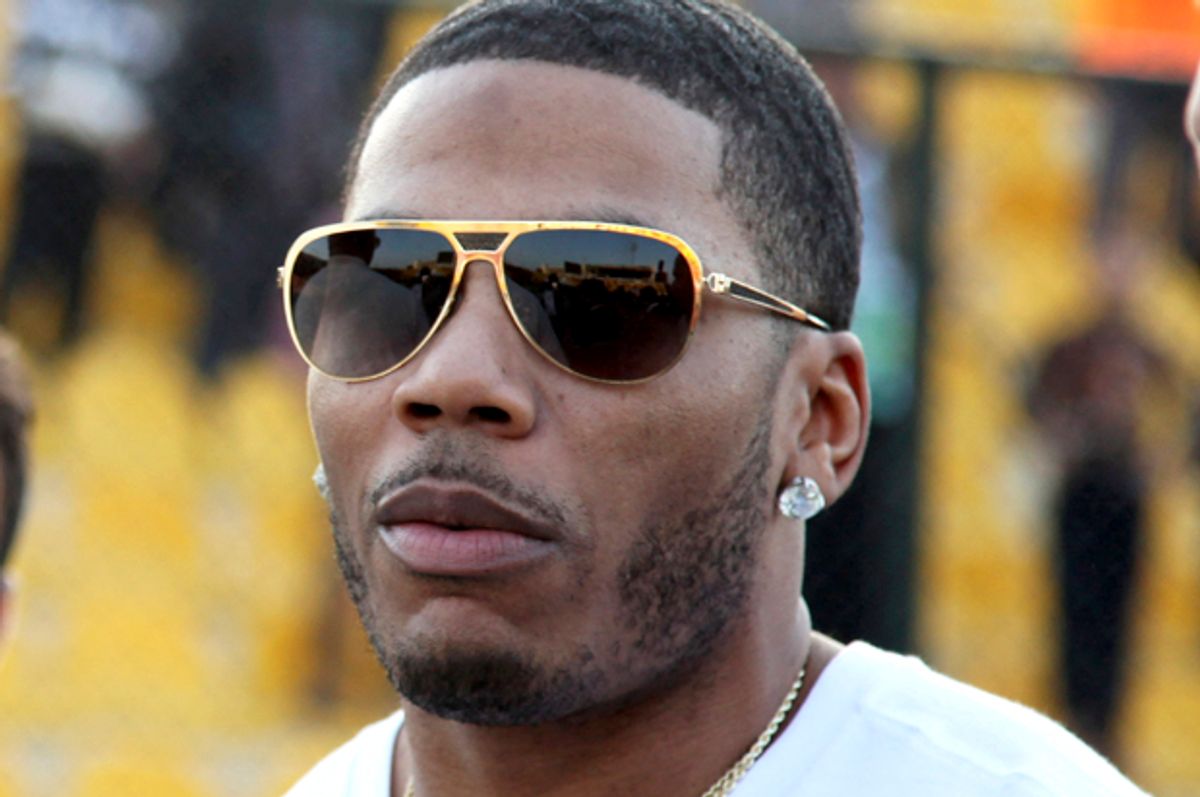It seems like everything in the new music economy is a complex game of good news and bad news. Maybe that makes it no different from the old music economy, which was hardly perfect and sometimes led to musicians being caught in restrictive contracts with labels and managers. In any case, the new developments surrounding Nelly show just how strange things have become.
The story starts out fairly routinely: The St. Louis rapper, best known for songs like “Hot in Herre,” “Just a Dream” and “Pimp Juice,” has run up a federal tax bill of $2.4 million, along with about $150,000 in state taxes, according to TMZ.
Musicians — and those in any field in which people toil without a safety net — are hit with sudden or unexpected costs all the time. For musicians, it’s often a health problem that leads to a charity concert: These have helped Vic Chestnutt, Victoria Williams and others with life-threatening conditions.
The solution Spin has come up with for Nelly’s woes has a distinctly 21st-century shape: Sympathetic fans should stream Nelly's songs enough times to defray the tax bill. Sounds good, right?
But the problem is the economics of music streaming. Here’s how it breaks down, according to Spin:
The Swedish company recently said that the payout for artists “per stream” lands between $0.006 and $0.0084. At the bare minimum, you’ll have to stream a Nelly joint 402,880,500 times to make a decent dent on his tax issues. If Nelly’s lucky enough to be on the $.0084 end of the royalty spectrum, the best case scenario sees you plugging through 287,176,547 streams. (Of course, the revenue has to also be divided between labels and publishers, but let’s hope they’ll be charitable herre.)
So given that the population of the United States is about 320 million, something like every resident of the nation would have to stream “Hot in Herre” or “Just a Dream” or whatever — and the other parties would have to stand down entirely from their cut of the Spotify revenue — to pay off Nelly’s debt.
Part of what frustrates Lowery and others in the artists' rights movement is that Spotify, Pandora and the rest are run by people who claim to love music — and many of them surely do — but they not only pay very low royalties to musicians, they also lobby governments to have these pitiful rates lowered further.
Artists from Taylor Swift to Lou Reed have, of course, complained similarly. “I understand young people were brought up on downloading,” Reed said in Cannes in 2013. “And Steve Jobs tried to make it into some kind of business which benefits Apple, but you get about a sixteenth of a penny.”
The lesson here, I guess, is to pay your taxes. And also, if you are a musician, be very, very careful with money. Even millions and millions of streams won’t save you.

Shares